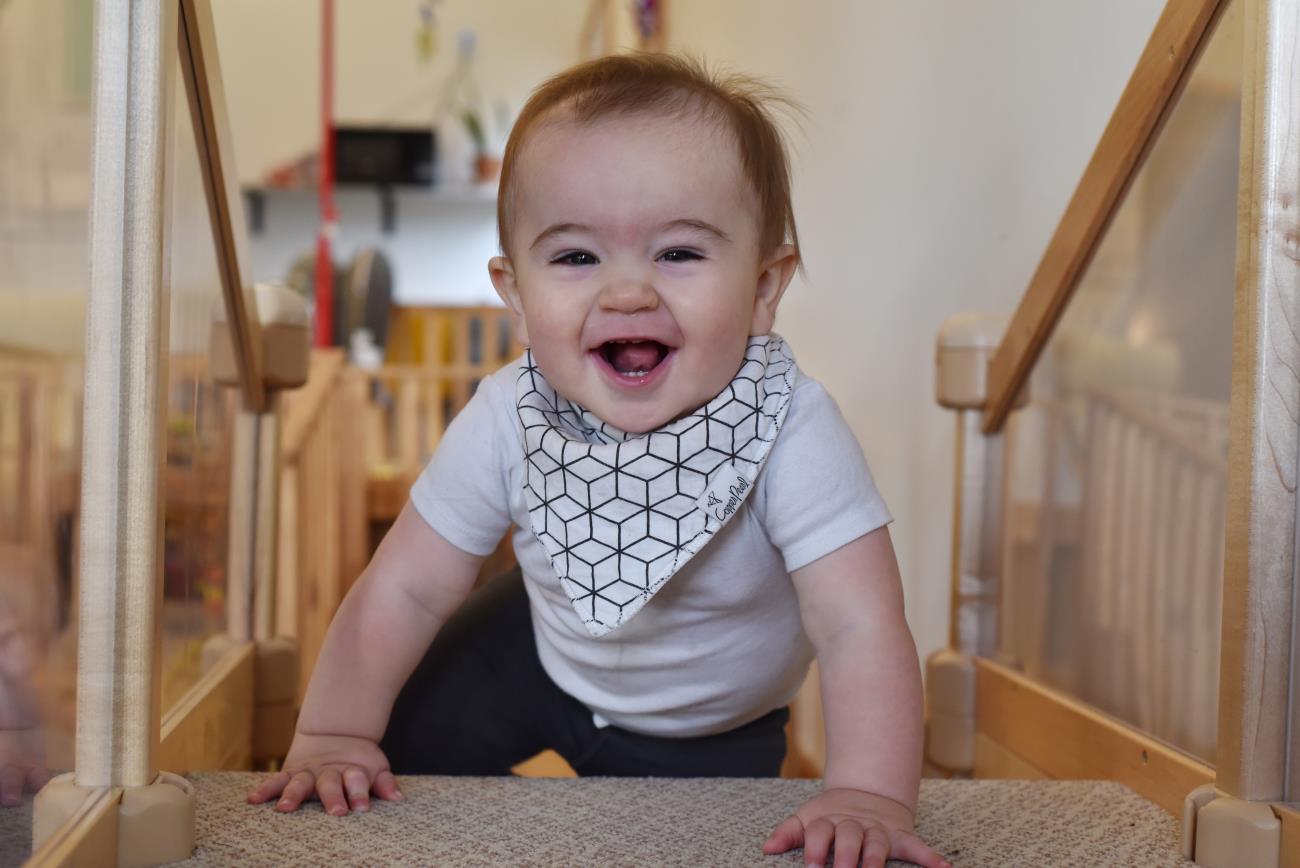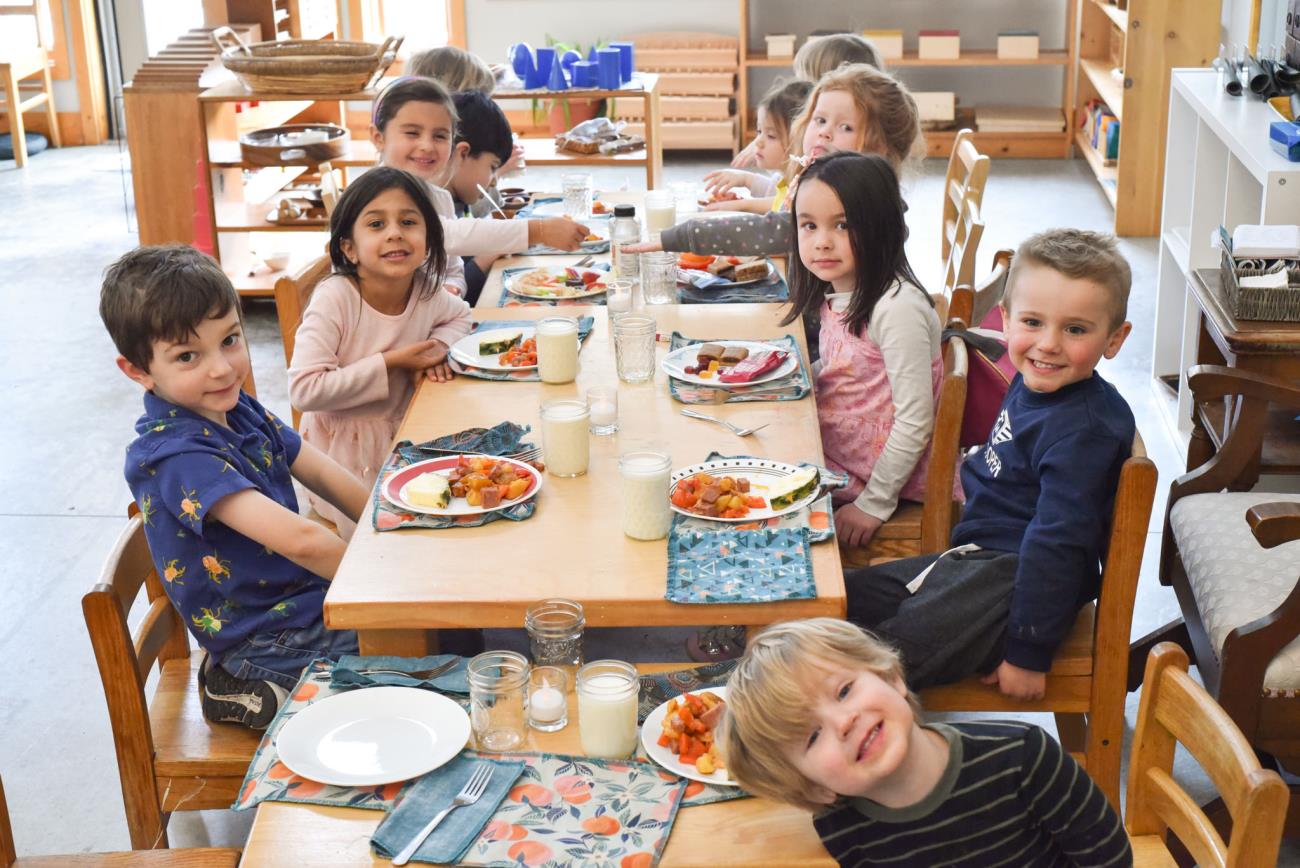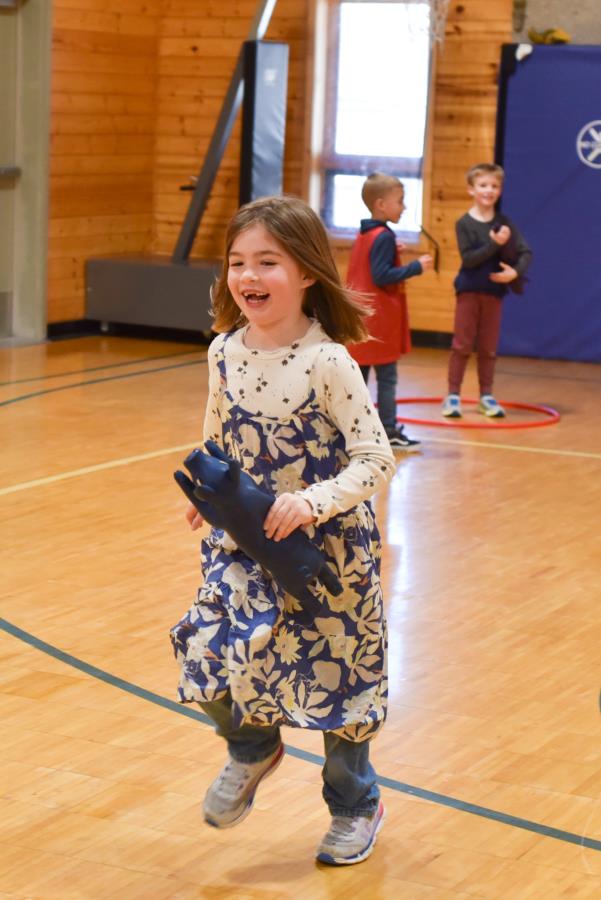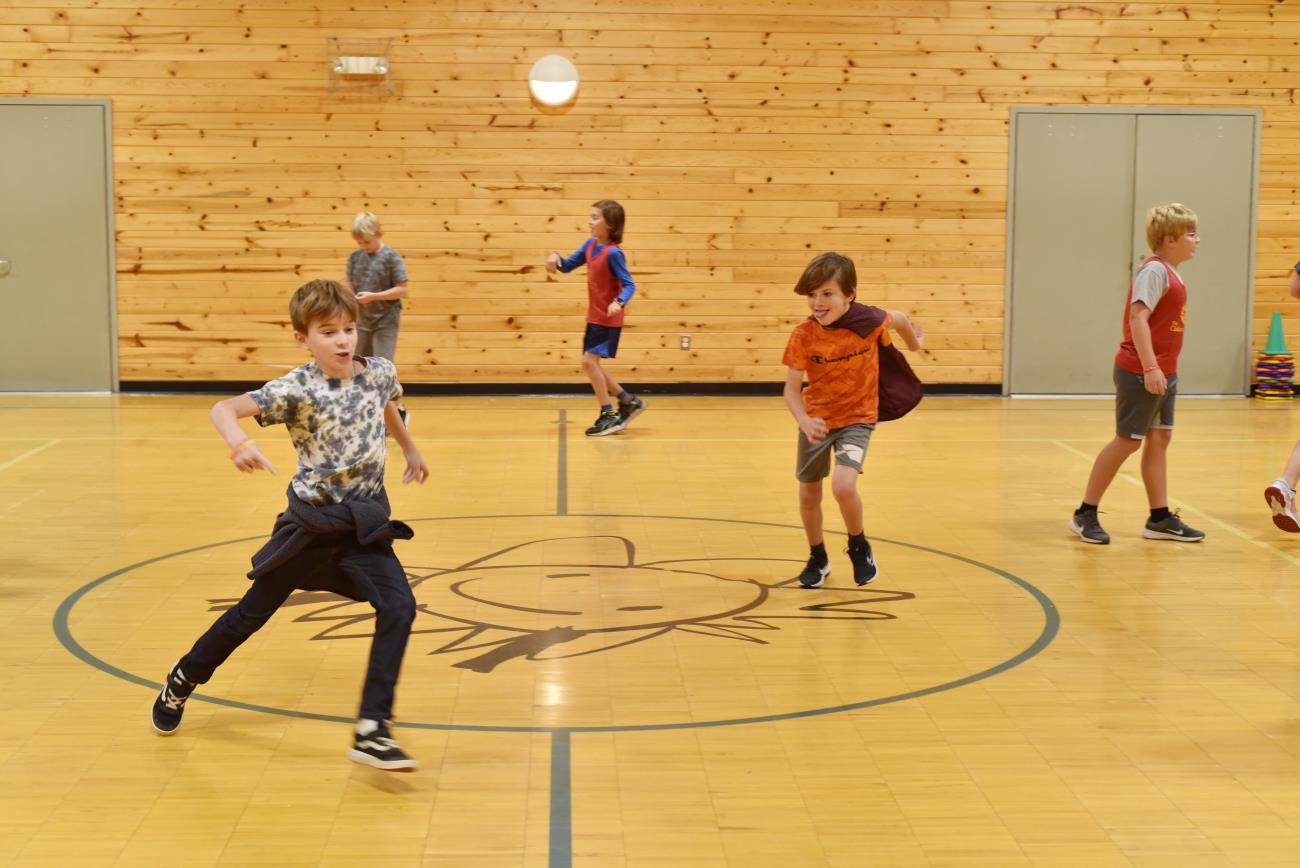The role of the adult is not to pave a pathway for the child, but to make sure that the child has what they need to forge their own way. The greatest way for us to support children is to treat them with constant love, trust, and respect. It is so important that each child feels loved just as they are.
Expectations of who a child should be and what choices they should make, often greatly conflict with the direction of their inner guide. Because of this, the child may receive the message that they are not okay as they are, and as a result, they will attempt to change themselves to meet the standards of the adult. When we are able to trust the child, we can relinquish control over their life.
When the responsibility of navigating life is placed back onto the child, the child will learn to listen to and trust themselves. If we constantly make decisions for the child, the child will lose the ability to listen to their intuition and may struggle greatly when presented with choices in life. To respect the child is to acknowledge that they are their own unique individual and may make different choices than the ones we would make. A respectful adult will let the child form their own personality, make their own decisions, have their own experiences, and develop their own values.
Our goal is not to shape the child into a particular type of person, but to let the child figure out what kind of person they want to be. With constant support in the form of love, trust, and dignity, the child is given the immeasurable gift of freedom which allows them to live a life based on internal motivation versus a life guided by external forces. “To serve the children is to feel one is serving the spirit of man, a spirit which has to free itself.” (Maria Montessori, The Absorbent Mind, Holt, p.258)
We had a lot of talk in the classroom about candy and treats upon our return from the Easter weekend. I thought this would be a great time to open a discussion about how we handle the variety of foods we make available to children. There is a shifting trend, particularly in the parenting arena, where we are asked to stop placing foods into a hierarchy. When we remove the labels that certain foods are good, better, or best, we can also remove the negative feelings of guilt and shame that develop around our food choices.
Also, outdated phrases like, “clean plate club” or “no dessert until you finish all your food” are being removed from our language at the table. Rather than external control from others, we must encourage people to listen to their bodies and decide for themselves when they are full or satisfied.
Consider this graphic:
How does each side make you feel? Are there any historical or cultural notions that come up for you?
In the course, Feeding Littles, I was introduced to the phrase, “we provide, and they decide.” As parents and caregivers, we can provide the kinds of foods we want the children to be exposed to but then we must allow them to decide how much. And sometimes, children need to be exposed to certain foods dozens of times before they will agree to try them.
Do you have a picky eater?
Many families have fallen into the trap of making two meals at a time - the children’s meal and then their own adult meal. One solution is to make one meal for everyone (exposure) and include something you know your child will eat in the meal. Eating together is another good way to role-model healthy food habits.
In the classroom, I tell the children, who are participating in school lunch, that, “I have to put everything available on your plate, it’s my job.” I just state it as a matter of fact and move along. In this way, I have witnessed several children decide to try something unfamiliar, after telling me they don’t want that on their plate. Once they see their friends, or the adults sampling the food then they become inspired to try too.
We will certainly continue talking about how different foods help our bodies in different ways, but the stigma around certain food choices will strategically be removed.
Maria Montessori said, “Play is the work of the child”. When children are allowed to learn through play they can satisfy their curiosity about the world, learn, and have fun all at the same time. Often, children think the reason to play a game is to win. Over 70% of children quit organized sports by age 13. Most stop playing because it is not fun anymore and they are being pressured to perform at a high level. I hope we can play a part in changing this statistic. Most young people love to be active. But sometimes adults can take the fun out of the game. I hope the Montessori method provides a guide toward achieving the goal of having fun while getting better and competing all at the same time.
Yoga, mindfulness, and individual skills activities are common in our gym. When we play games in the gym, they are mostly small-sided and include many opportunities for all learners to participate in a variety of ways, a floor hockey game, for example, may include multiple pucks. When we play badminton we rotate opponents often and don’t keep score. The goal is to provide as many chances to hit the birdie as possible in the 30-minute session, not to find out who is best so they can join the local elite team.
Montessori’s peace education is at the core of each activity. Respect for yourself, others, and the environment are the most important rules we all follow each day in the gym. These rules are simple and general for a reason, they mean different things to a kindergartener than they do to a junior high learner. Even as adults, if we can follow these three simple rules, peace will often follow.
Physical education provides an opportunity to learn how to be a positive member of the community through problem-solving, self-reflection, and conflict resolution. The main goal of physical education is to help learners feel confident in their abilities so that they will remain active throughout their lives and can contribute in positive ways to their community.



